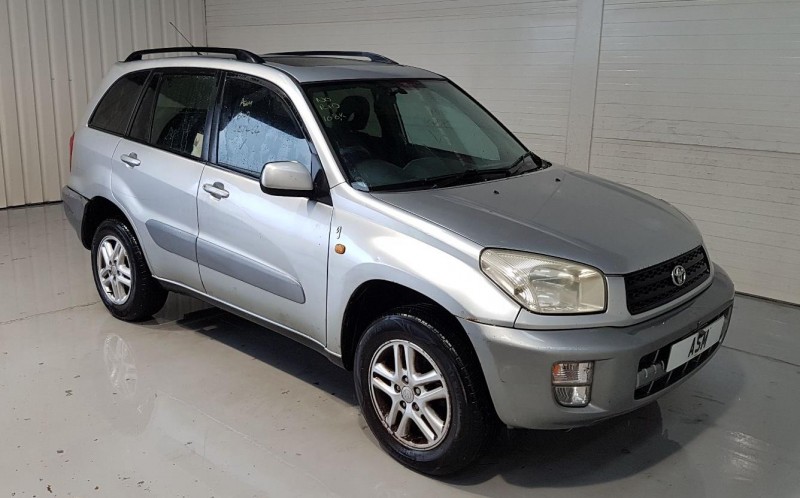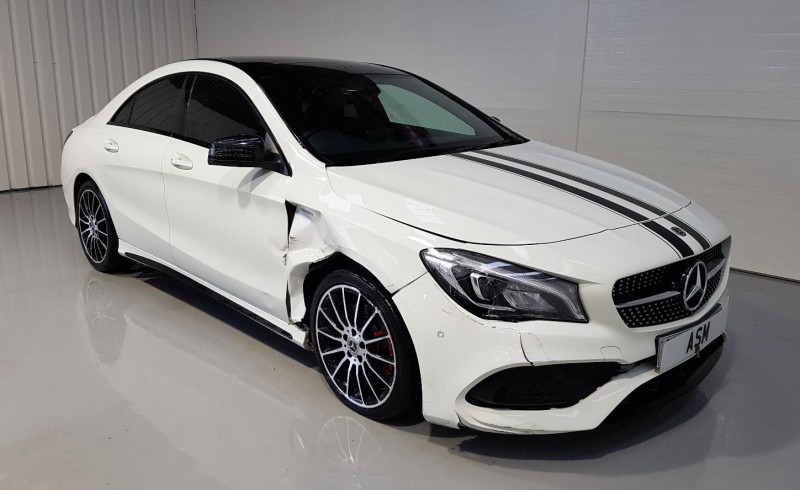Our Scrappage, Recycling and Car Blog
Salvage
Category filter applied
Previous 5 entries | Page 2 of 3 | Next 5 entries
Can I sell my car with no MOT?
Yes, you can sell your car, even if it has failed its MOT. Perhaps you are selling it because it has failed its MOT? It may not be worth spending money on the repairs to get it to pass the MOT test, and it is still possible to sell your car privately or as scrap.
The Ministry of Transport (MOT) test has been a legal requirement since 1960 for all vehicles over three years of age in the UK. It is a 20-point test examining the roadworthiness of a vehicle. It covers basic components such as tyres, suspension, lights, mirrors, brakes and exhaust pollutants. MOT certificates are valid for a year.
Is it time to sell my van?
Your van gets you from job to job, carries your tools and advertises your business. You may not be able to do without it. Sadly, however, the time will come when you will need to replace your van.
Light commercial vehicles are no different to cars – they too will develop common faults after they have been on the road for a while. If you find your van needs regular repairs, and has a long service history, perhaps it is time to sell and invest in a new van.
Should I use websites, like Cazoo, to sell my car?
If you are thinking of selling your car, there are numerous ways in which you can do so.
A private sale will involve arranging viewings with the potential buyers. You may have to put up with tyre kickers, time wasters and haggling. If this doesn’t appeal, you have two choices.
What is Cat D?

As you may have seen in some of our previous blog posts, there are many different types of vehicle categories when it comes to car insurance write-offs. Some vehicles are placed into categories that deem they are capable of being restored to roadworthy condition, while others are placed into categories that insist they should be scrapped and recycled for parts.
Fortunately, the Cat D category falls into the former group of vehicles. This article is designed to uncover all you need to know about Category D vehicles, a category that has recently been consigned to the history books.
What is Cat N?

In October 2017, the Association of British Insurers (ABI) introduced new car insurance write-off categories for road vehicles, replacing the previous Cat C and Cat D classifications with Cat S and Cat N respectively. The new categories were endorsed by the Driver and Vehicle Licensing Agency (DVLA) and the Department for Transport (DfT). Both Cat S and Cat N were introduced to better reflect the growing complexities of repairing 21st century vehicles.
When a car insurance claim is made for a vehicle following an accident or damage due to theft, flood or fire, the insurer will review the vehicle’s damage to ascertain whether the cost of repair is worthwhile – aligned to the vehicle’s value.
Previous 5 entries | Page 2 of 3 | Next 5 entries
Categories
- Car Maintenance 25
- Driving Abroad 2
- Economy 1
- Environment 3
- Insurance 2
- Light-Hearted 1
- Motoring Guides 6
- Motorways 1
- New Car Sales 1
- Safety 4
- Salvage 14
- Social & Community 5
- Used Cars 19
- Winter Driving 2
Recent posts
- Car Cleaning Tips
- The Most Stolen Cars in UK
- ABI Vehicle Salvage Code of Practice
- Car CO2 Emissions
- How To Replace A Car Air Filter
- Recycling a Car: 5 Fascinating Facts
- Clocking, Cloning, Ringing and Cut & Shut
- MOT: the complete guide
- Used Tyres Guide
- What is GAP insurance?
- Guide to finding a replacement car engine
- Does the scrap value of steel affect your car’s scrap value?
- What are the most valuable salvage car parts?
- The Ultimate Guide to Replacing Wing Mirrors
- ASM Has Procured Over 350 Jaguar and Land Rover Flood-Damaged Cars!